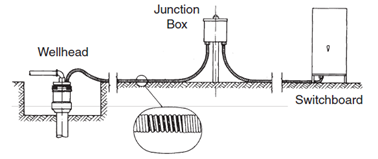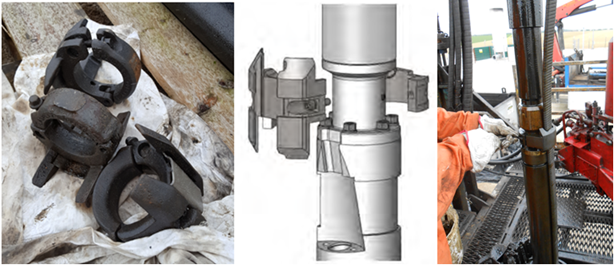A back-pressure valve is a type of check valve, typically installed in the tubing hanger, to isolate the production tubing. The back-pressure valve is designed to hold pressure from below yet enable fluids to be pumped from above, as may be required for well-control purposes. Thus, it reduces downtime and operating cost by allowing for repairs without killing the well.
BPV is commonly used during the nipple down and up of the drilling BOP stack, nipple up or down of Christmass trees, test the Christmas tree (2-way check valve), and during the replacement of the master valve.






